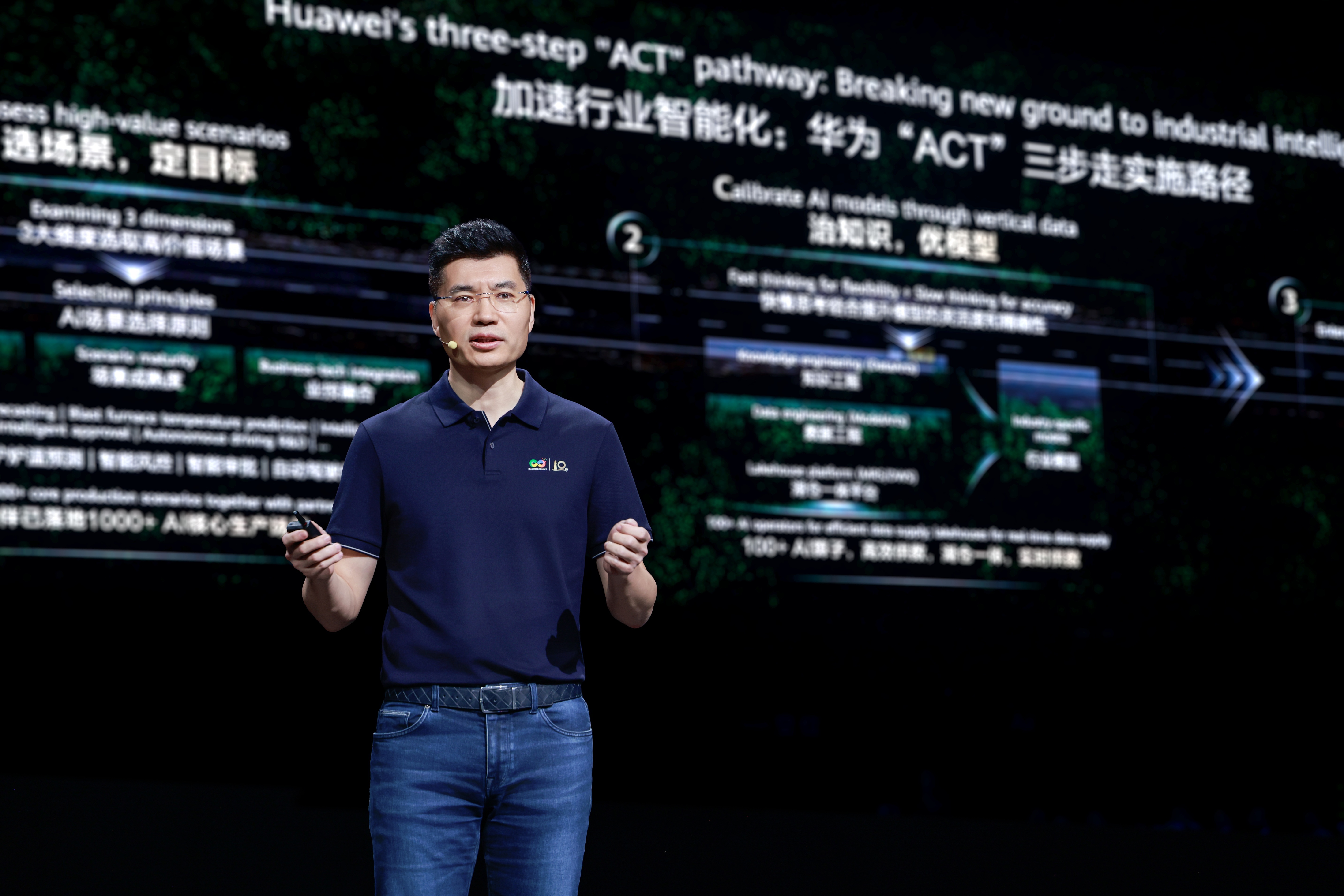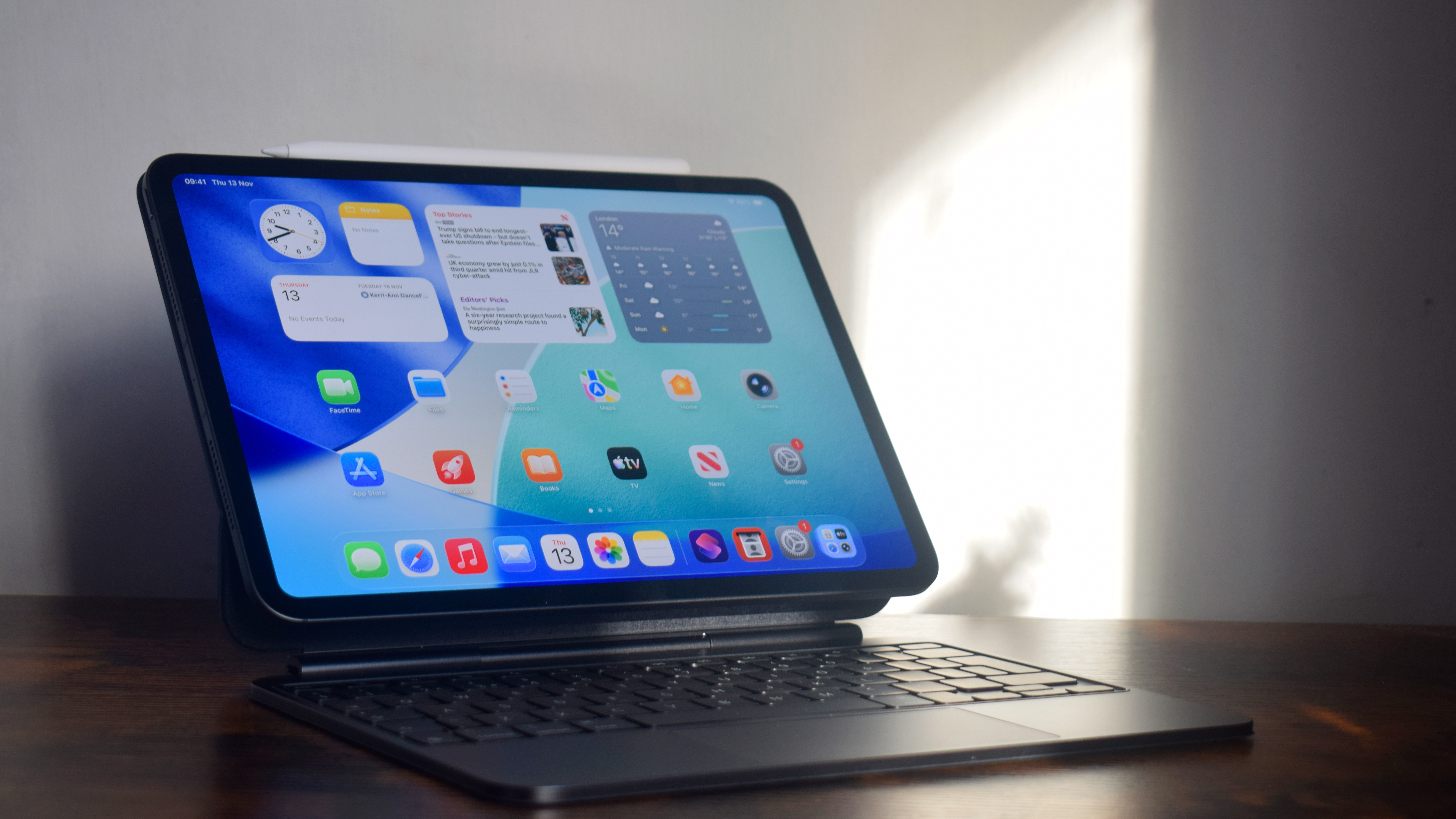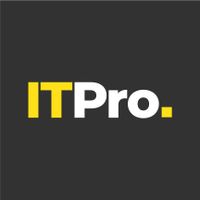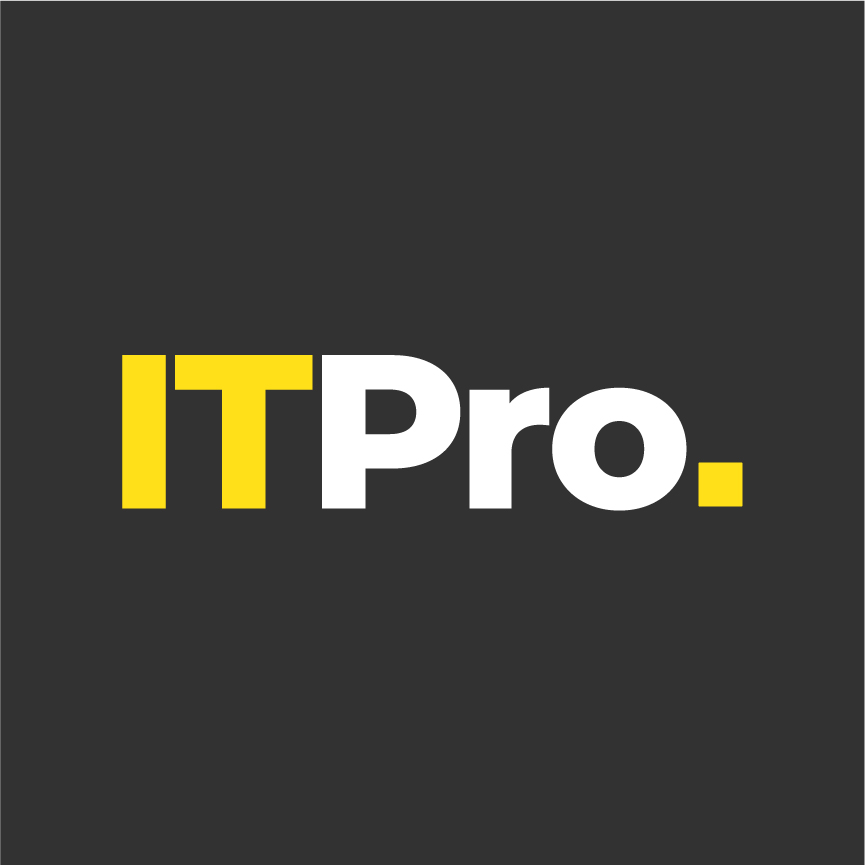Sponsor Content Created With Huawei
Huawei is supporting businesses when it comes to strategic AI adoption
The lessons of digital and intelligent transformation, with help from partners like Huawei, can offer a roadmap for how to implement AI

AI is transforming business across all sectors, and most businesses are eager to start experimenting with this technology for many reasons and use cases. Regardless of business size or sector, it’s become clear that correctly implementing AI will truly set organizations up for success when it comes to digital and intelligent transformation.
Even sectors such as manufacturing and finance, which have a history with more established forms – computer vision and machine learning, for example – are ready and willing to take the next step with generative AI.
This attitude reflects a seeming consensus in business thought in 2025: invest in generative AI now or risk being left behind. The question for organizations, though, is what form this investment should take: diving in headfirst without a plan risks an expensive disaster, while failing to make any moves could lead to stagnation.
The growth of AI
There are many analysts and industry watchers who will be at pains to tell anyone who will listen that AI isn’t new, either in business or in the consumer sphere – and they would be right.
In business, AI adoption has perhaps been slower than in the consumer realm, given until recently it hasn’t been backed into frequently used operating systems. It’s also often been more specialist.
In December 2022, consultancy firm McKinsey produced a report looking at AI adoption in the five years between 2017 and 2022. It found that 20% of organizations in 2017 said they were using AI in a core part of their business or at scale. That increased to 47% saying they had embedded at least one AI capability in business processes or products in 2018, with 58% saying the same in 2019.
With 50% of respondents saying they had adopted AI in at least one function of their business between 2020 and 2022, it seemed that AI adoption had plateaued. Of the AI technologies that were deployed, robotic process automation (RPA) and computer vision were the most commonly reported at 39% and 34% respectively. Natural language generation – what we often think of when we speak about AI – was 18%.
In November 2022, ChatGPT burst onto the scene as the first publicly available generative AI chatbot and changed everything.
In 2024, McKinsey released updated research showing adoption of AI had soared to 72%, with generative AI climbing from 33% to 65% in the space of a year.
AI’s key role in digital and intelligent transformation
It’s easy to think of AI and the generative AI revolution as a discrete occurrence, but in reality, it’s part of a continuum that includes cloud technologies like SaaS and IaaS, automation, mobile technology, and more. Therefore, it’s important to look at some of the lessons that have been learned to ensure that AI transformation efforts are successful. After all, the cost of failure can be catastrophic.
Technology firm Huawei is trying to support customers on their AI journeys - whatever stage they’re at. Indeed, during his keynote address at Huawei Connect 2025, Leo Chen, the company's senior vice president and president of enterprise sales, talked about what companies can and should be doing to ensure they’re not just paying lip service to AI, but getting real and tangible benefits from the associated investment.
He also talked about the role that enterprise data, combined with AI, can play when it comes to competitive advantage and how organizations can move from theory to practice when it comes to scaling AI.
Chen shared five key findings:
- Scenario implementation selection is critical because AI’s real value lies in its transformative powers. This can only happen when it is deeply integrated into core production.
- The efficacy of industry-specific models is dependent on vertical data that is of high quality. Models trained - and fine-tuned - on a wealth of this high-quality, industry-specific data can be game-changing when it comes to competitive advantage.
- Demand for large-scale inference will be fuelled by the simultaneous growth of AI agents.
- Human-AI collaboration will become the new “organizational paradigm”
- Last, but not least, systematic governance and risk management become key. This will spur many into action when it comes to creating an effective governance framework that supports AI that is secure, sustainable, and trustworthy.
It’s time for businesses to ACT on AI
Huawei unveiled a three-step “ACT” pathway to help businesses’ large-scale AI adoption.
ACT, which stands for “assess high-value scenarios”, “calibrate AI models using vertical data”, and “transform business operations with scaled AI agents”, is at the center of Huawei’s plan to promote AI adoption across industries.
Exploring how ACT works in practice, Chen told the audience: “Huawei has a robust AI scenario assessment framework that evaluates business value, scenario maturity, and business–technology integration. This framework has already helped customers identify and implement more than 1,000 core AI production scenarios.”
“Once the right scenarios are identified, the second step is calibration, building industry models with vertical data,” Chen continued.
“Training high-quality models begins with data governance. Huawei provides a full toolchain to help enterprises transform raw data into knowledge and knowledge into models. For instance, with Huawei’s unified lakehouse platform, MRS, enterprises can stream massive raw data into a data lake, then convert it into structured data warehouse assets. This transforms idle data into ready-to-use data.”
Finally, Huawei addressed the “transform” element of the pathway. “Enterprise processes are complex, with many scenarios and heavy workloads,” Chen explained.
He added: “Huawei’s one-stop Versatile platform can automatically generate agents, as well as workflows with more than 100 steps. This makes agent deployment much faster.”
“As we move toward more human–AI collaboration, enabling people is just as important,” he added. “Huawei has developed an AI talent enablement program that helps business professionals to effectively develop, deploy, and operate AI agents.”
With AI becoming an ever more important part of business, it’s important that organizations don’t allow themselves to get left behind. By taking a strategic, measured, and secure approach with partners like Huawei, enterprises can set themselves up for success in this new era of digital and intelligent transformation.
It’s also important for businesses to benefit from cross-industry partnerships and collaboration. To this end, Huawei is really focusing on how it can take its innovation to the next level and harness the power of its ecosystem.
Huawei’s partner ecosystem is thriving with more than 6,300 Kunpeng partners, 2,700 Ascend partners, 750 ISVs, and 70 consulting firms.
At Huawei Connect, the company launched nine industry solutions that it believes will help empower industrial intelligence and provide myriad benefits for a range of industries.
These solutions are:
- Banking AI and Foundation Model Solution
- City AI Center & Foundation Model Solution
- Intelligent Computing Labs Solution
- Intelligent Distribution Solution
- Intelligent Exploration and Development Solution for Oil and Gas
- Intelligent Manufacturing R&D Solution
- Medical Technology Digital and Intelligence 2.0 Solution
- SMART Logistics & Warehousing Solution
- Steel Blast Furnace Temperature Prediction Solution
For more details about Huawei’s enterprise solutions, please visit https://e.huawei.com/en/
Sign up today and you will receive a free copy of our Future Focus 2025 report - the leading guidance on AI, cybersecurity and other IT challenges as per 700+ senior executives
ITPro is a global business technology website providing the latest news, analysis, and business insight for IT decision-makers. Whether it's cyber security, cloud computing, IT infrastructure, or business strategy, we aim to equip leaders with the data they need to make informed IT investments.
For regular updates delivered to your inbox and social feeds, be sure to sign up to our daily newsletter and follow on us LinkedIn and Twitter.
-
 IBM is targeting 'quantum advantage' in 12 months
IBM is targeting 'quantum advantage' in 12 monthsNews Leading organizations are already preparing for quantum computing, which could upend our understanding of linear mathematical problems
-
 Apple M5 iPad Pro review
Apple M5 iPad Pro reviewReviews Still rocking the same design, but inside it's all change – and that is what makes the M5 iPad Pro so good

